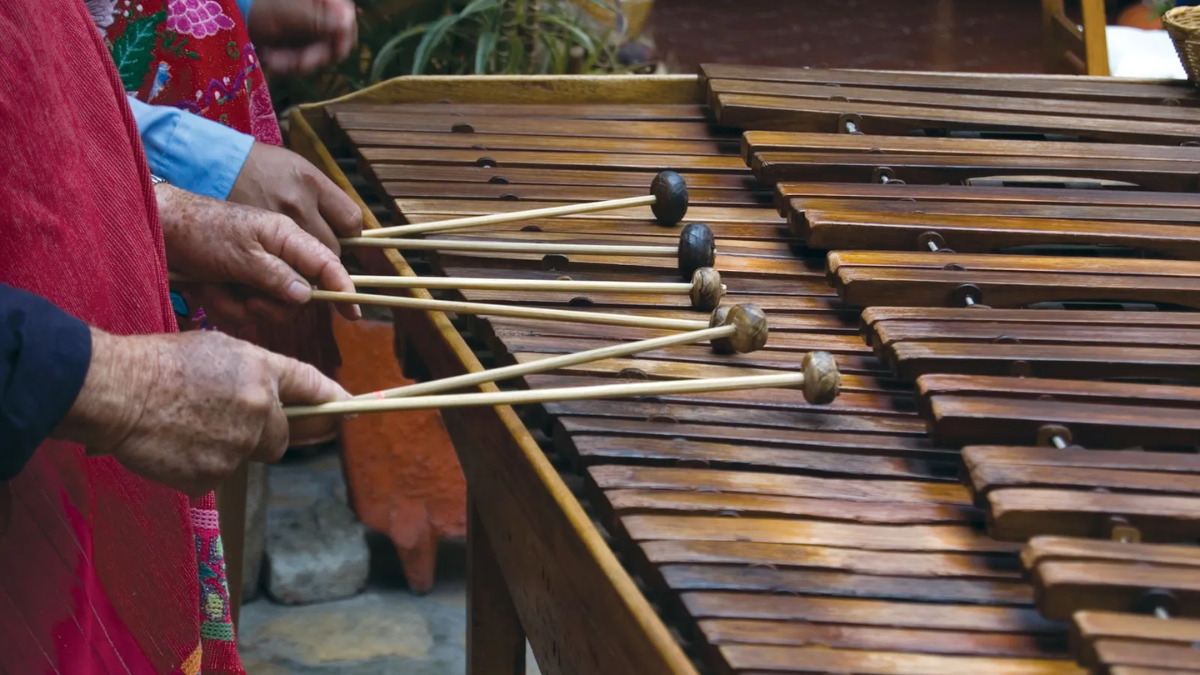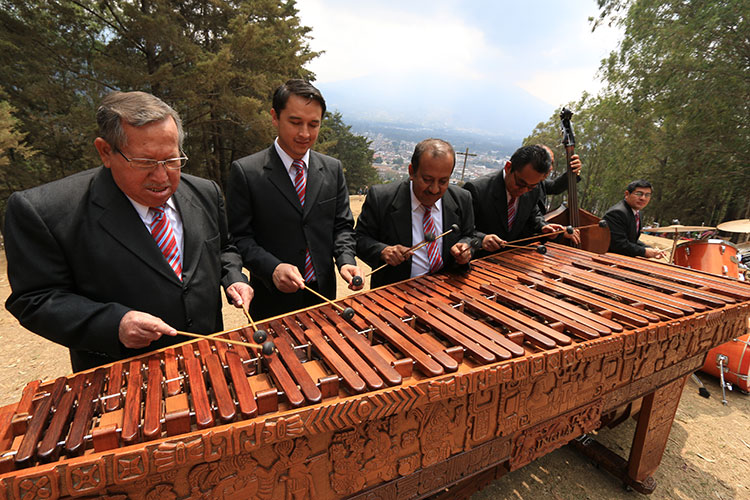The Marimba’s Role in Film Scores: Adding Depth to Soundtracks

The marimba, with its rich, warm tones and resonant wooden bars, is an often-overlooked instrument in the realm of film scoring. Yet, its unique sound has the power to evoke a wide range of emotions and create immersive atmospheres, making it a valuable tool for composers. Let’s explore how the marimba is utilized in film scores to enhance storytelling and deepen emotional resonance.
Unique Sound Palette of The Marimba
The marimba’s tonal qualities set it apart from other percussion instruments. Its combination of brightness and warmth allows it to convey both joy and melancholy, making it versatile for various scenes. The instrument produces a sound that is both soothing and engaging, allowing composers to craft intricate soundscapes that resonate with the audience. When integrated into a film score, the marimba can evoke feelings of nostalgia, wonder, and even tension.
Crafting Atmosphere
One of the marimba’s primary roles in film scores is to create atmosphere. Its melodic capabilities enable composers to establish a specific mood, enhancing the film’s visual elements. For instance, in nature documentaries, the marimba can mimic the sounds of the environment, adding authenticity to scenes featuring lush landscapes or vibrant wildlife. The gentle, flowing melodies of the marimba can transport viewers to serene locales, immersing them in the film’s setting.
In adventure or fantasy films, the marimba can help depict the whimsical or mystical qualities of the story. Composers like Hans Zimmer have effectively employed the marimba in scores to create enchanting atmospheres that draw the audience into fantastical worlds. Its ability to blend seamlessly with orchestral arrangements allows it to serve as a bridge between the visual narrative and the emotional undercurrents of the film.

Emotional Resonance of The Marimba
The marimba’s tonal richness lends itself well to evoking emotional responses from viewers. In scenes where characters experience introspection, longing, or nostalgia, the marimba’s gentle melodies can mirror these emotions, enhancing the audience’s connection to the characters’ journeys. For example, in films like “The Secret Life of Walter Mitty,” the marimba features prominently in reflective moments, underscoring the protagonist’s quest for self-discovery and adventure.
Composers also use the marimba to heighten tension or suspense in pivotal scenes. Its percussive qualities can add an element of urgency, while its melodic lines can introduce a sense of foreboding. This duality allows the marimba to serve multiple purposes within a single score, making it an invaluable asset for filmmakers looking to manipulate audience emotions effectively.

Notable Examples
Several films have successfully showcased the marimba’s potential within their scores. In The Talented Mr. Ripley, composer Gabriel Yared employs the marimba to reflect the film’s themes of identity and desire, creating a sound that is both lush and haunting. Similarly, in The Last of Us, Gustavo Santaolalla utilizes the marimba’s haunting sound to enhance the emotional weight of the post-apocalyptic narrative, drawing viewers deeper into the characters’ struggles.
Another noteworthy example is the use of the marimba in the animated film Coco. The score, composed by Michael Giacchino, features the marimba prominently in celebratory scenes, reinforcing the film’s themes of family and heritage while evoking the vibrancy of Mexican culture. The instrument’s playful melodies and rhythms capture the essence of joy and celebration, aligning perfectly with the film’s narrative.
Also Read: The Clarinet in Jazz: Exploring Its Role and Influence
The marimba, often overshadowed by more prominent orchestral instruments, plays a crucial role in film scores by adding depth, atmosphere, and emotional resonance. Its unique tonal qualities allow composers to craft intricate soundscapes that enhance storytelling and evoke powerful emotional responses from audiences. As filmmakers continue to explore innovative ways to engage viewers, the marimba stands out as a versatile and evocative instrument that deserves greater recognition in the world of film scoring. By integrating the marimba into soundtracks, composers can create unforgettable cinematic experiences that linger long after the credits roll.
–Silviya.Y








